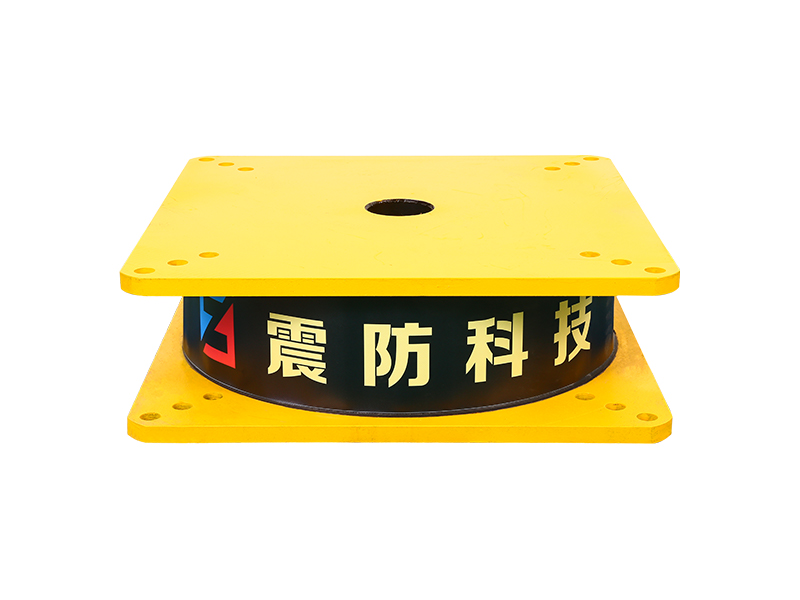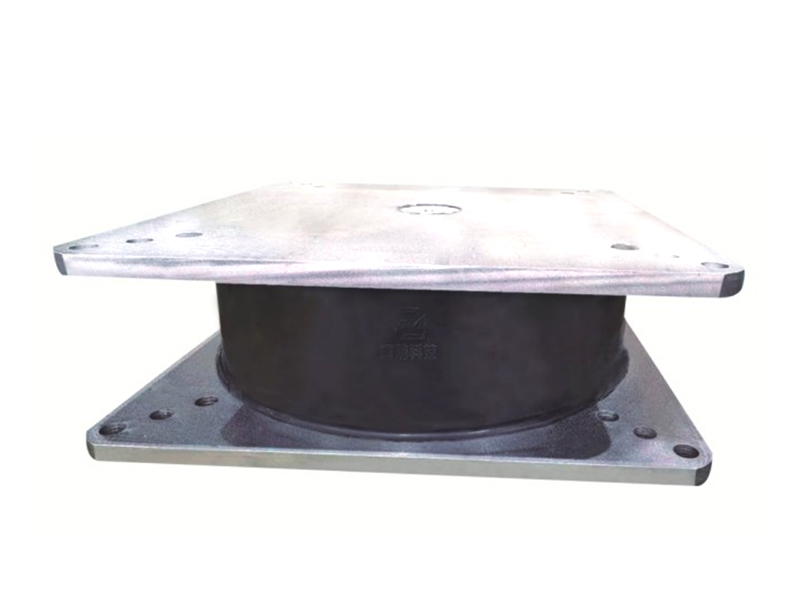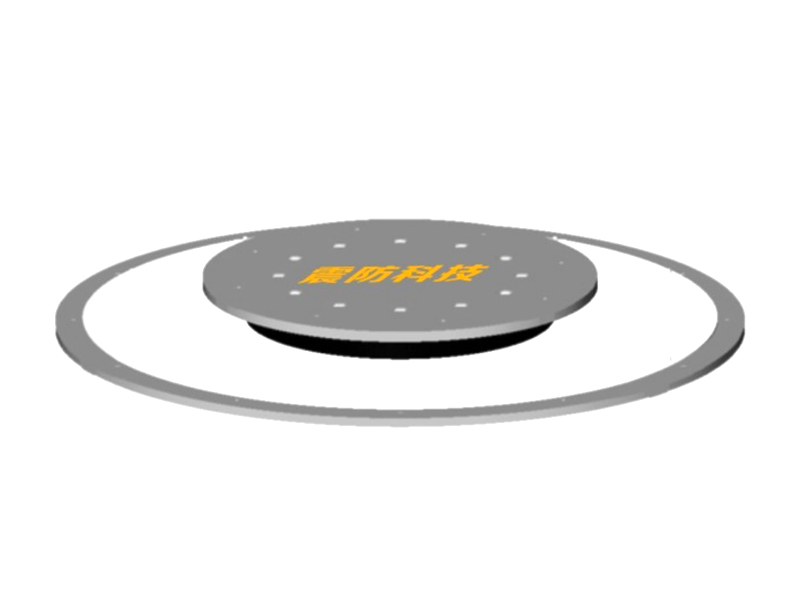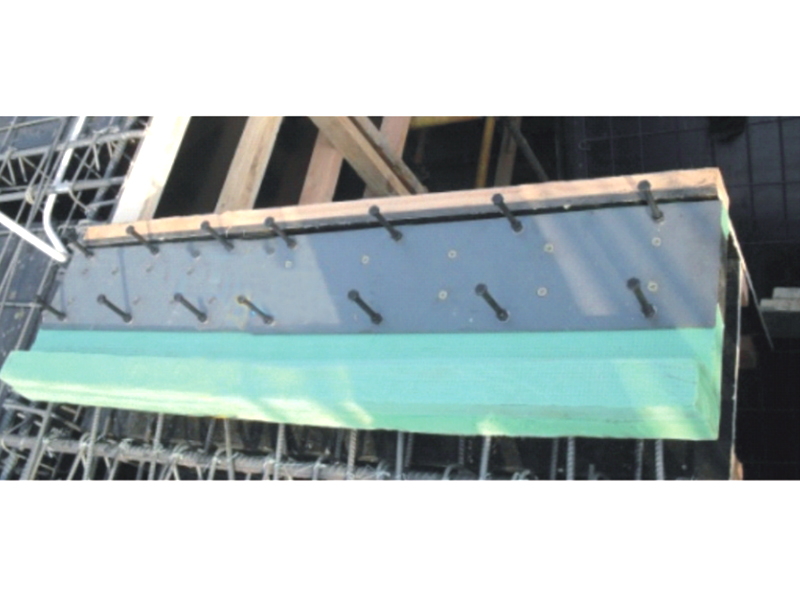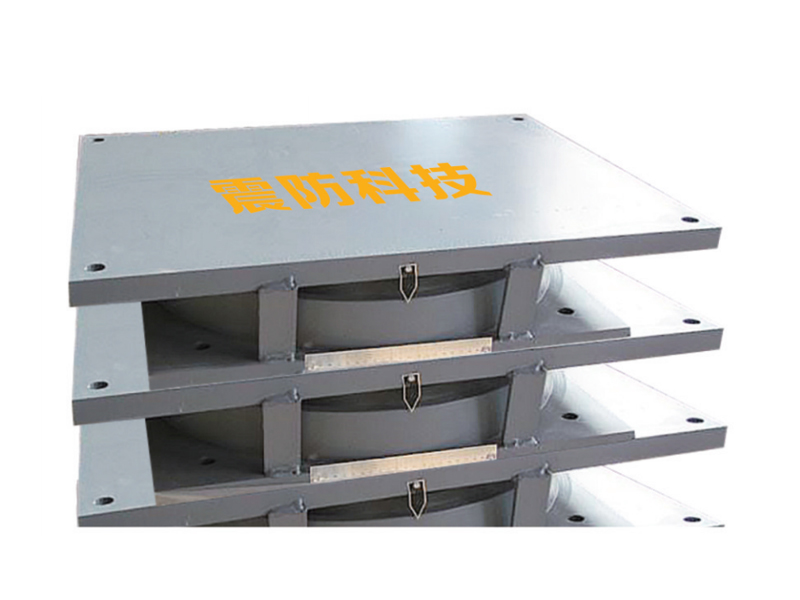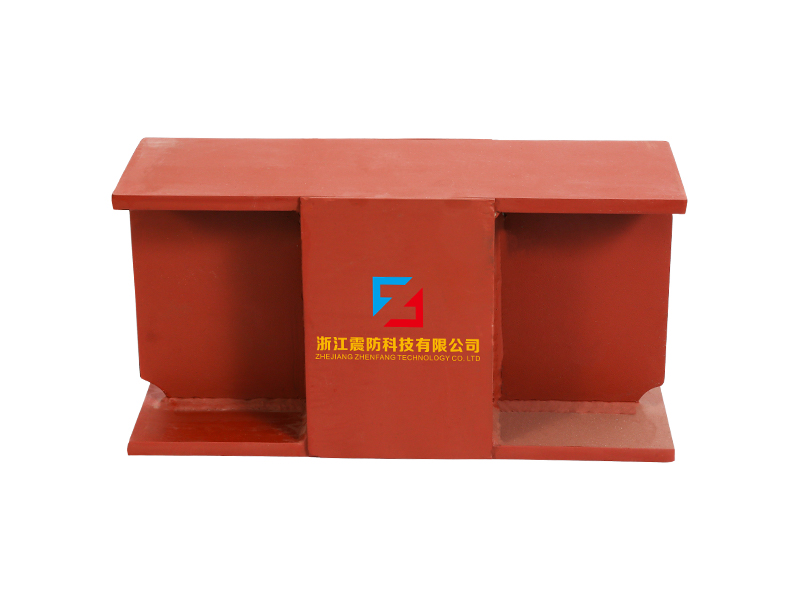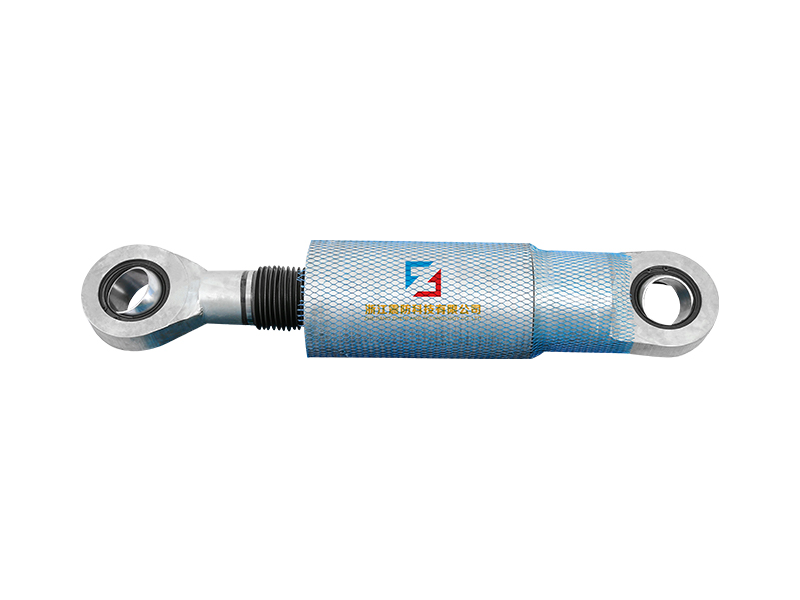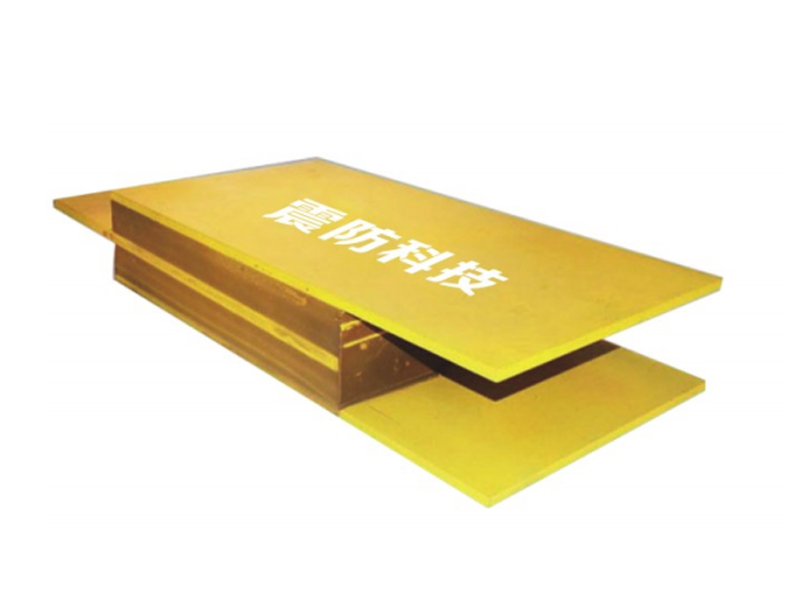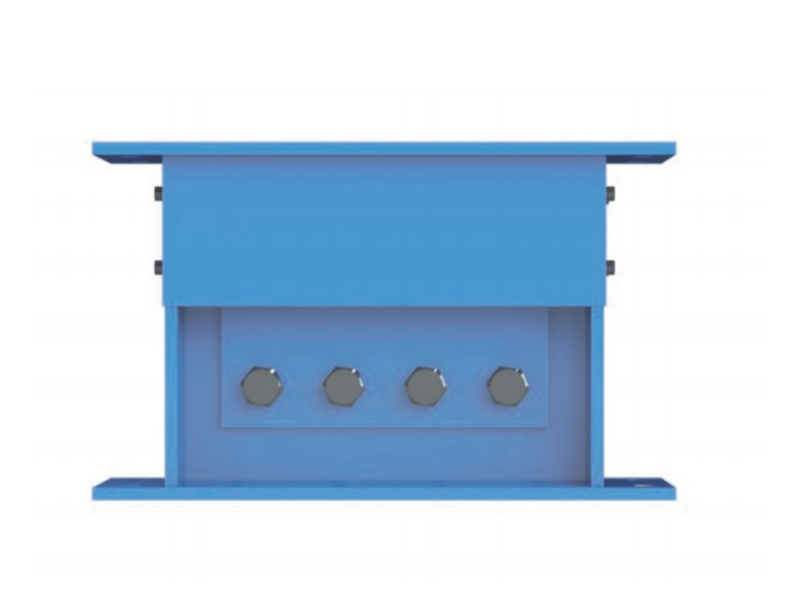The company has been adhering to the corporate tenet of "quality first, customer first", and sincerely welcomes domestic and foreign customers to visit and guide.
GET A QUOTEEvery time the ground shakes, the question resurfaces: how can we keep buildings standing and their occupants safe? Traditional stiff frames transfer earthquake forces directly into the structure, often causing catastrophic damage. In contrast, modern seismic isolation systems aim to decouple the ground motion from the super-structure. Among the elegant of these systems is the Linear Rubber Bearing (LRB), a laminated elastomeric device that has quietly become the backbone of earthquake-resilient design. Is it truly the key to seismic safety? Evidence from both laboratories and real events suggests the answer is yes.
At its core, the Linear Rubber Bearing is a sandwich of high-damping rubber layers vulcanized to thin steel shims. The rubber provides flexibility in the horizontal plane, allowing the building to move with—rather than against—the earthquake. The embedded steel plates give vertical rigidity, preventing excessive settlement while maintaining the bearing’s slender profile. A plug or additional viscoelastic core can be inserted to boost energy dissipation, yet even the simplest LRB achieves damping ratios of 10–15 percent, far higher than conventional steel. This built-in damping turns violent seismic energy into manageable heat, sparing beams, columns and, Finally, human lives.
Laboratory tests reinforce the theory. Shake-table experiments conducted at the University of California, San Diego subjected a three-story steel frame on LRBs to the 1994 Northridge earthquake record. Peak accelerations at the base were reduced by 75 percent, and inter-story drift—the main cause of non-structural damage—was limited to 0.3 percent, well below code limits.

Field performance has been equally persuasive. Japan’s 2011 Tohoku earthquake, registering Mw 9.0, offered a brutal natural laboratory. Buildings equipped with LRB isolation systems—including the Sendai City Hall and several major data centers—emerged unscathed, their sensitive equipment and archives fully intact. Post-event inspections revealed negligible residual deformation in the bearings themselves, and the structures were re-occupied within days. In contrast, neighboring fixed-base buildings suffered severe structural and non-structural damage, resulting in months of downtime and economic losses exceeding the initial isolation good many times over.
Cost remains a common concern, yet the economics are shifting. Material advances, such as nano-reinforced rubber compounds and recycled crumb rubber blends, have cut raw-material costs by 20 percent over the past decade. Standardization of sizes and automated vulcanization lines have further shortened times. When life-cycle costs—repair, downtime, insurance—are tallied, an LRB-isolated building breaks even in roughly eight years in high-seismic zones. For critical facilities like hospitals and data centers, the payback can occur after the very earthquake that never made headlines because nothing collapsed.
Skeptics sometimes argue that replacing bearings after a major event is expensive. Indeed, post-quake inspections may show localized rubber shear cracks, but these are deliberate fuse elements, designed to be swapped out like brake pads on a car. Quick-release anchor bolts and modular bearing cartridges allow a trained crew to exchange an entire set within 48 hours, far faster than repairing cracked beams or fractured walls.
So, is the Linear Rubber Bearing the key to seismic safety? While no single device can claim universal supremacy, the LRB combines proven performance, economic viability and engineering simplicity in a way few other solutions can match. As cities grow denser and earthquakes remain inevitable, embracing this resilient strip of rubber and steel may be the straightforward step we can take toward keeping buildings—and the lives within them—intact when the ground next decides to move.
